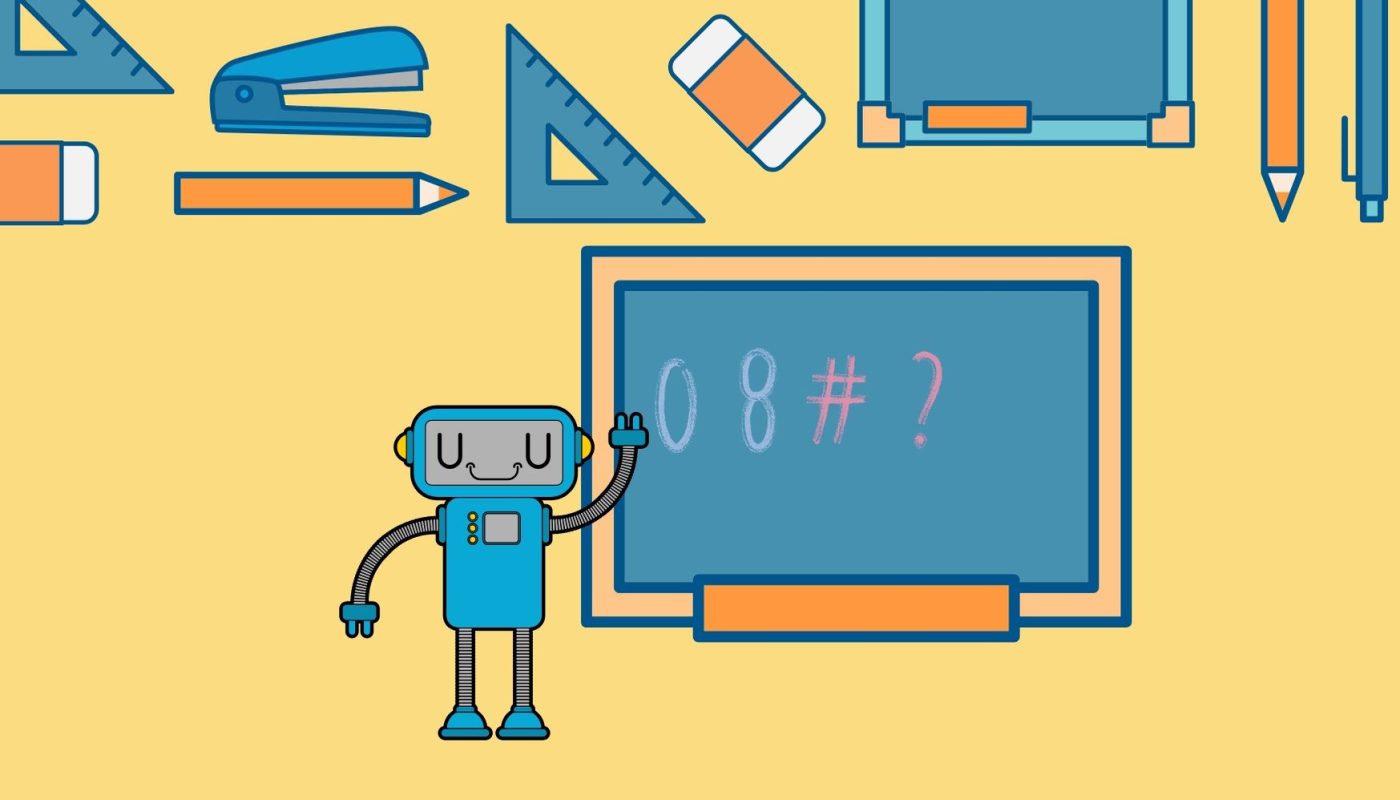If you are now picturing a cute, small machine sitting in a classroom with other cute small machines during their first day at school, you are not that far from reality. No, I am not getting crazy because I have been spending too much time at home 🙂 Machines, exactly as children who learn how to write and read, can be instructed by teachers, or supervisors in this case. Of course, human babies learn also a lot on their own, by just observing the world around and by experimenting. Through experiences and associations, they develop knowledge that helps them rapidly adjust to the context around (if you want to know more about knowledge, I recommend to visit this blog). Machines, exactly as human babies, can also learn through experience but in the form of data.
Ok, wait a moment. As far as I understood, machines go to school, but can also learn at home or at the playground. But how does it work?
All right. Let’s make some order. Machine Learning is often categorized in three different areas, usually related to the kind of problems solved by the machine:
Supervised learning
This is our cute, small machine attending the first day of school. In class, the teacher (or supervisor) will provide the machine with a huge amount of data and will identify in advance categories. Let’s come back to our example of the dog’s pictures. In supervised learning, the human teacher will give the machine inputs, such as dog and cat pictures. First, she or he will teach the machine how to recognize if a dog is in the picture. Indeed, the teacher will give the machine examples of dogs’ categorization. After many and many examples, the machine will understand how to recognize dogs and will start working on its own (let’s say, doing its homework).
Supervised learning can also be used to predict outcomes. For example, calculating the commuting time based on given data (statistics) such as weather conditions, time of the day and whether there is a public transportation strike or not.
Unsupervised learning
This is our small machine exploring for the first time the world around. The machine will be subjected to some kind of inputs and stimuli but will try on its own to identify patterns and make sense of the world (discover how to categorize pictures, in our example). In unsupervised learning, there is not a teacher showing examples or giving answers. It is the task of the machine to identify a model to solve the problem.
Reinforcement learning
This is the case of the machine which wants to become a model student. The machine will receive some initial inputs but then, based on the feedback received from the teacher and the observations made on its own, will continuously work to improve the quality of its performance.
Everything clear now, right?!
If you have any questions or would like other examples, feel free to leave a comment below 🙂
Next week, we will talk about Machine Learning implications in the business world.
References:
Photo by Margherita Valle
Elements of AI course
Machine Learning is fun!
Demystifying Machine Learning — How Do Machines Really Learn?



I was intrigued by the cute picture and also thought about you when we had the online class on data driven CX – exactly your topic! I like the way you explained how machines learn by comparing them to children going to school! Great example and easy to understand! Thanks so much for the backlink to my blog! Looking forward to learning more on machine learning soon!
Hello Katharina, thanks for your comment. Exactly, what I am discovering during this journey is that machines might be similar to human beings as previously thought! 🙂 Stay tuned for the applications of deep learning in our business world! See you soon hopefully!
Another interesting article about a not-so-easy topic! The way you write makes it really understandable and interesting to follow. I look forward to read more about it!
Hello Veronica, I am happy that you are learning something new with me!
Stay tuned for more practical examples about DL! 🙂